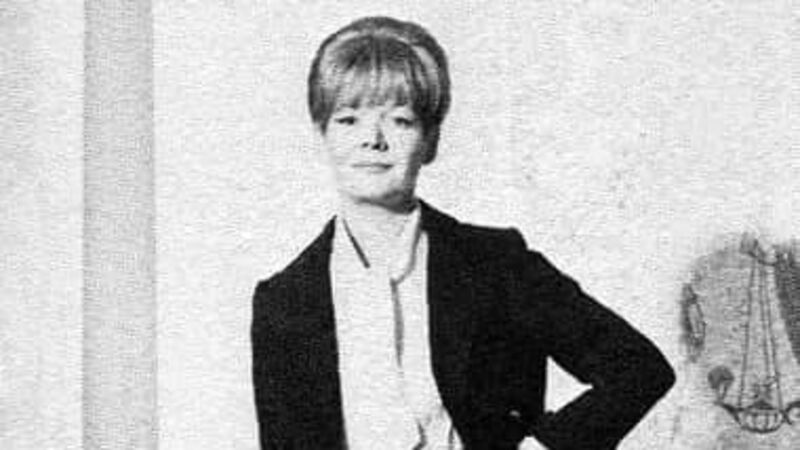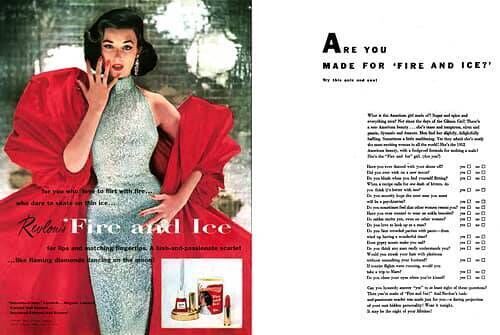Clodagh Finn: Labour of the Bridgets paved way for Irish diaspora success

Kay Daly and her siblings were hailed as the ‘most successful sister acts in US business’.
"Every woman alive loves Chanel No 5.” The advertising slogan might not be the first thing that comes to mind when you think of the Irish diaspora ahead of St Patrick’s Day tomorrow, but it was written by an Irish woman who, at one point, was said to be the highest-paid female executive in the US.
There is no shortage of bile about the women who, by 1846, made up almost three-quarters of domestic servants in New York and were sending more money home than male emigrants. Part of the reason for this was that they had more disposable income — food and board were covered — and they often funded the passage to the US for other siblings.
















